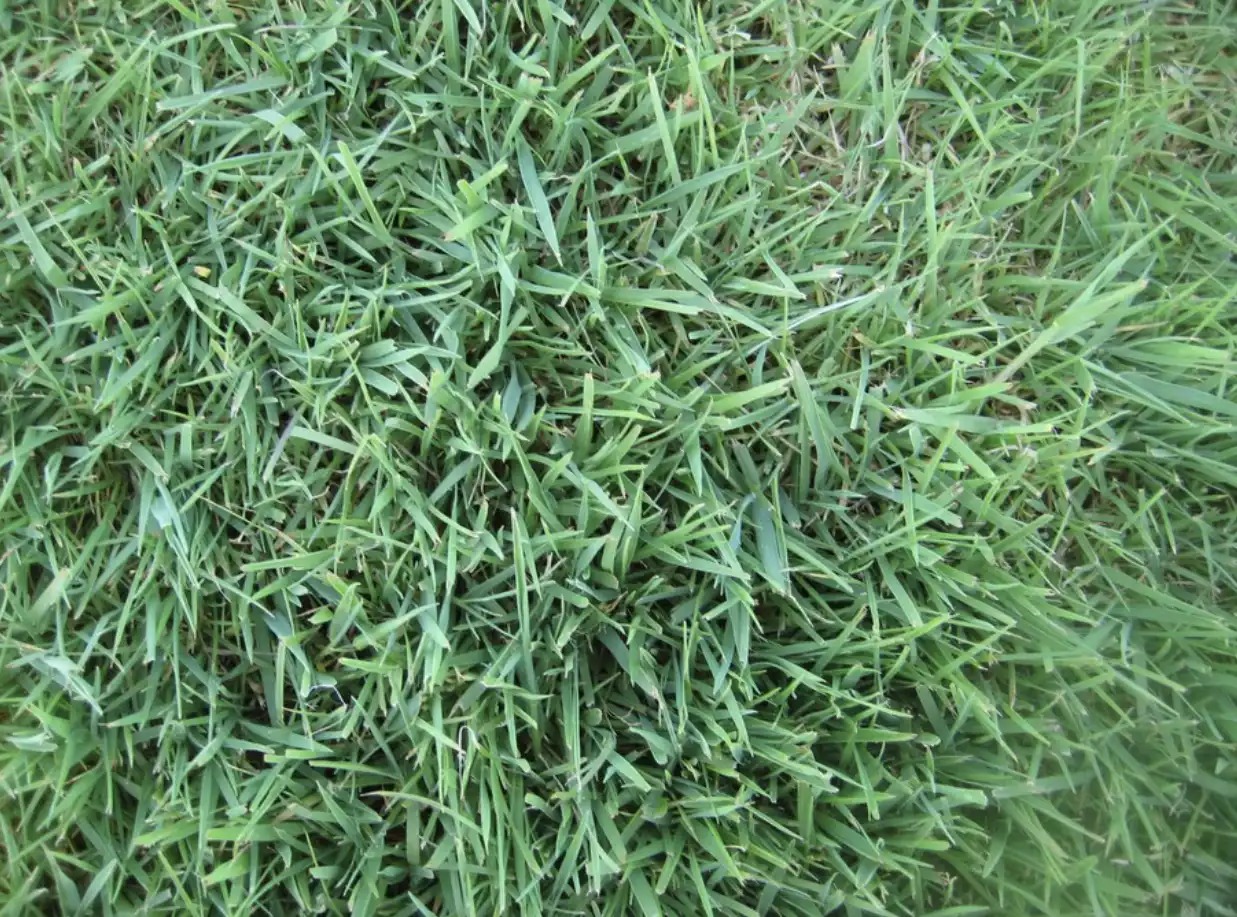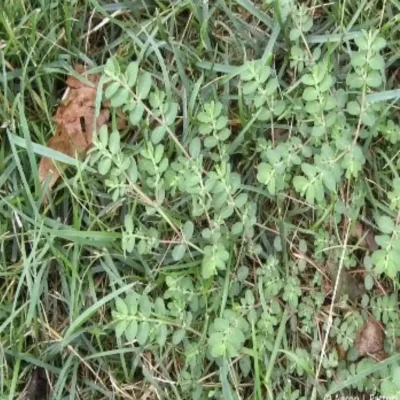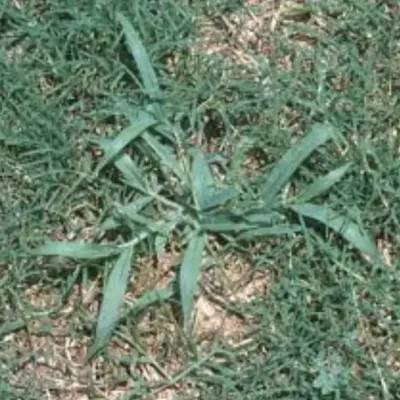Common Grasses and Weeds in Central Indiana
What is a weed? The definition of a weed is a plant in an area where it is undesired. For example, if Kentucky Bluegrass is in the middle of your mulch or rock landscaped bed, it would be considered a weed. If the same Kentucky Bluegrass is in a lawn, it is considered a desired turf.
In turf there are two main classifications of weeds; Broadleaf Weeds and Grassy Weeds.

Kentucky Bluegrass

Perennial Ryegrass

Tall Fescue

Fine Fescue

Creeping Bentgrass

Bermuda Grass

Buffalograss

Zoysiagrass
Common Broadleaf Weeds Found in Central Indiana
Broadleaf weeds are classified as such and get their name from their wide leaves and net like veins. Broadleaf weeds are the most prominent weed type in central Indiana. They can be annual or perennial, they can have a taproot and/or a rhizomatic root system. Broadleaf weeds can also germinate at various times of the year. A broadleaf herbicide can be used to control most broadleaf weeds, while some broadleaf weeds only need one application, others may need multiple.

Wild Violet

Thistle

Spurge

Purslane

Plantains

Henbit

Ground Ivy

Dandelion

Clover

Chickweed
Common Grassy Weeds Found in Central Indiana
Grassy weeds can be difficult to identify due to their similar characteristics with desirable turf grasses. Grassy weeds exhibit characteristics such as hollow round stems, closed joints with alternating leaf blades that branch off each side, and germinate from a seed coming out of the ground as a single leaf. Grassy weeds can be prevented by applying a pre-emergent herbicide to the lawn in the early spring. A post-emergent approach can also be used if needed.

Annual Bluegrass

Crabgrass (Large)

Crabgrass (Smooth)

Clumping Fescue

Dallisgrass

Foxtail

Goosegrass

Nimblewill

Quackgrass

Yellow Nutsedge (Sedge)
How Weeds Spread
There are many ways for weeds to spread through both natural causes and cultural practices. Weeds produce seedlings so they can reproduce and spread.
An example of weeds spreading naturally is through the wind blowing seedlings and the seedlings taking root. Birds and animals pick up and drop weeds spreading their seedlings while they travel, and the existing weed can also take root when dropped if in tack. Seedlings can stay dormant in the soil for months to years then one day germinate.
An example of weeds spreading from cultural practices is edging sidewalks and driveways too far out allowing sunlight to hit the soil, mowing shorter than recommended heights for turf species, and turf thinning due to lack of water, compaction from traffic (such as mowing, foot traffic, outside pets, etc.), and lawn diseases.
How To Have a Weed Free Lawn
How do you overcome the challenges to have a weed-free lawn? It is simple, weeds can only grow where the opportunity allows, and weeds cannot thrive in a healthy, dense lawn. Weeds must have sunlight to germinate and if your lawn is dense and mowed at the proper heights, it makes it difficult for weeds to compete because the turf shades the soil.
Aeration and seeding can help increase the lawn's density by filling in bare and/or thin areas leaving less room for weeds to germinate. Keep in mind that there are constant changes in the weather that can be stressful on the turf, depleting nutrients and causing the turf to lose density.
Lawn treatments are a vital step in gaining a healthy, dense lawn that is weed free. Keeping the turf well-fed with the right amount of life sustaining nutrients at the correct time of the seasons is necessary to maintain a dense and healthy lawn, which is helpful in reducing the proliferation of weeds. With multiple applications of fertilizer throughout the year paired with pre-emergent applications in the early spring and a consistent regiment of broadleaf weed control applications throughout the growing season your lawn will be on track to becoming lush, dense, and healthy.
Once your lawn is dense and healthy, controlling weeds is much simpler than starting out with an untreated lawn. There are some challenges eliminating weeds in an untreated lawn because not all weeds are the same and they have different life cycles. Treating weeds is a continuous battle that depends on cultural practices, temperature, and timing. If you're seeking professional lawn care in central Indiana, call Pro-Turf Indiana today!

